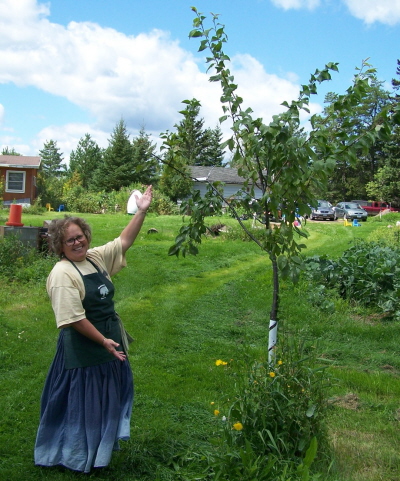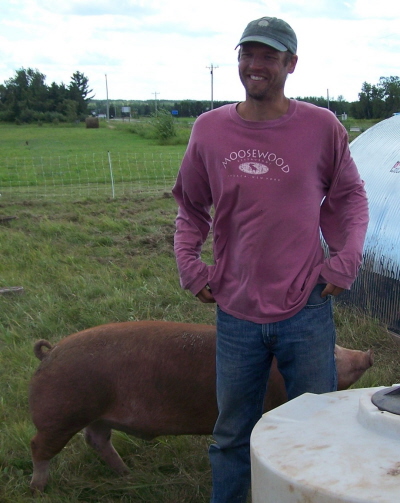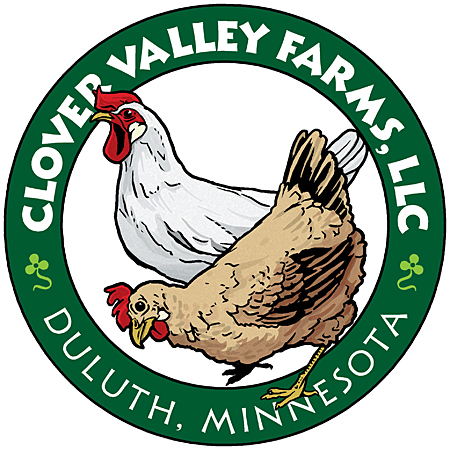Clover Valley Farms, LLC
Introduction
| Cindy Hale and Jeff Hall have built Clover Valley Farms, just north of Duluth, Minnesota, into a classic case of “what’s old is new again.” Using a modern homestead model, they produce poultry, eggs, hogs, herbs, and fruit for themselves and for sale within their local community. At the same time, the greywater and composting systems and the passive solar greenhouse integrated with their home would score points in today’s fast-growing green building industry, while their small-scale, diversified approach to farming makes advocates of sustainable agriculture stand up and take notice. |

|
| Please tell us how you heard about the Clover Valley Farms case study! | |
|
Educator's Perspective: Resource Tip Climate Data The National Oceanic and Atmospheric Administration (NOAA) has Regional Climate Centers where you can look up climate summaries or prepare monthly climate calendars based on data from the nearest weather station. The following data for Duluth, Minnesota, give a picture of the weather conditions encountered at Clover Valley Farms (based on the period 1971-2000). Temperature: Normal temperatures ranged from -1.2oF to 76.3oF for the year. From June through August, normal daily highs and lows ranged from 48.5oF to 76.3oF, with averages of 59.9oF to 65.5oF. Precipitation/Snowfall: Annual precipitation was 31 inches, with normal monthly amounts ranging from 0.83 inches in February to 4.25 inches in June. Average annual snowfall was 84.3 inches. Growing Season: Median date of last spring frost was May 18 (ranging from April 28 to June 22); median date of first fall frost was September 23 (ranging from August 27 to October 10). Median growing season was 124 days (ranging from 86 to 154). The new U.S. Department of Agriculture (USDA) Plant Hardiness Zones map, which was released as an interactive version for the first time in 2012, also has some weather data available based on zip code. (See also “Greenhouse Construction and Operation” Spotlight box). |
As you shall see, “integrated” is a key word in Jeff and Cindy’s vocabulary. They use integrated pest management to grow apples in new and restored heritage orchards. Apple pulp from cider pressing is used to finish their pastured hogs each fall, and it keeps the diets of their free-range poultry interesting too.  Jeff and Cindy use the hogs and poultry, in turn, to prepare and maintain orchard sites. They also grow herbs and other produce in their greenhouse year-round, no small feat along the northern shore of Lake Superior! Herb sales contribute to their farm income, fresh produce keeps their family healthy, and the winter greens help their laying hens produce eggs that keep customers coming back for more. Jeff and Cindy’s story focuses on integration of efforts and shows how they have used goal setting, record keeping, financial management, networking, and gradual expansion to work toward their vision of a profitable, rewarding, community-centered farm. |
 |
 |


